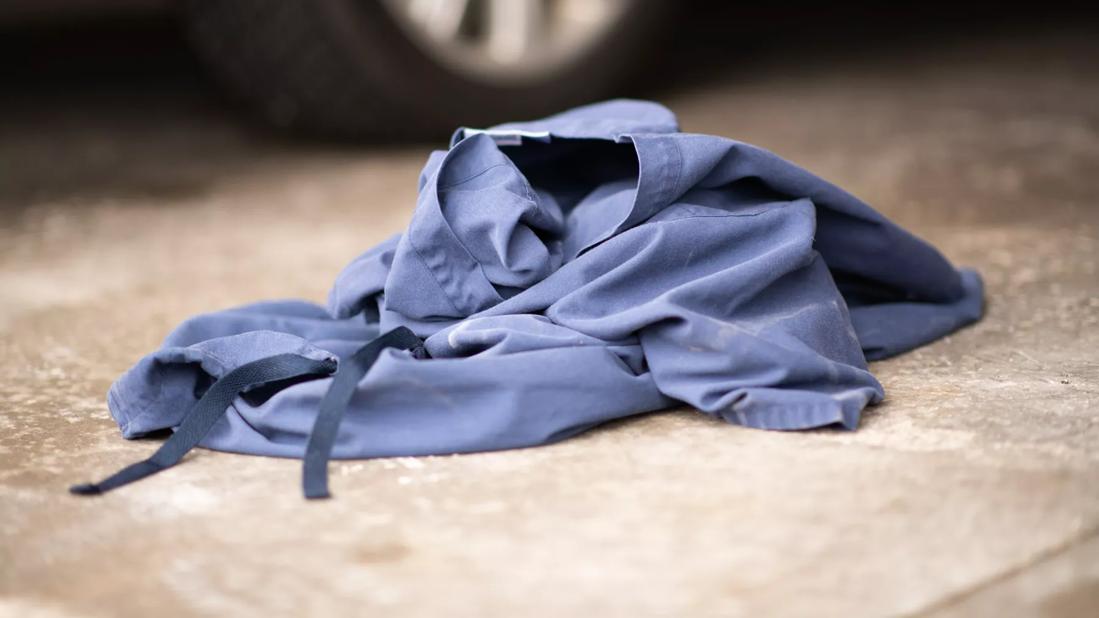What we know and what we are still learning

This article was recently updated on 4.8.2020.
Advertisement
Cleveland Clinic is a non-profit academic medical center. Advertising on our site helps support our mission. We do not endorse non-Cleveland Clinic products or services. Policy
Amidst heightened concerns from healthcare workers about how to best prevent the spread of the SARS-CoV-2 virus, which causes COVID-19, to their families, experts advise taking reasonable precautions but to also consider what is known about transmission.
With many documented cases of community spread, the virus has undoubtedly shown successful human-to-human transmission. Early research shows the rate of reproduction (R0), the average number of people an infected individual is likely to pass the virus on to, is estimated to be between 2 and 2.5.1 Of course, virulence can vary based on several factors, including location, age, local public health response and more. SARS-CoV-2 is believed to be both more infectious and demonstrate a higher case-fatality rate than the seasonal flu, but less so than other modern infectious disease outbreaks, such as SARS and MERS.1
Steven Gordon, MD, Chair of Infectious Disease, Respiratory Institute at Cleveland Clinic, says the same public health efforts designed to “flatten the curve,” including practicing cough etiquette and hand hygiene, are also good strategies for limiting household transmission.
Isolation, however, which is recommended if a caregiver, or any individual, is symptomatic for COVID-19, does pose obvious challenges within households.
“Isolation requires wearing a cloth face mask, not sharing air space and keeping a 6-foot distance with the people you live with,” says Dr. Gordon. More specifically, he recommends the following:
Advertisement
“This isn’t possible in every household, and certainly these situations need to be assessed individually depending on the family and/or other individuals living in the home.” Whether or not a caregiver has tested positive for COVID-19, isolation should begin at the onset of symptoms, which is believed to be the apex of the viral load.
Scientists are still working to understand household transmission of SARS-CoV-2. In early March, scientists from the Centers for Disease Control and Prevention reported that after following close contacts of 10 patients infected with COVID-19, (n = 445), two individuals, both of whom were household members of an infected patient, tested positive for the disease.2 In this particular study, the secondary attack rate was about 10.5%. In both cases, the patient with secondary transmission confirmed close contact with the source patient before their initial diagnosis.2
Structurally, the virus is enveloped with a plasma membrane, a semi-permeable exterior, making soap (or other detergents) and water effective tools to kill the virus. Primarily spread through respiratory droplets, transmission is also mitigated through social distancing. Early research demonstrates that similarly to SARS-CoV-1, the virus’s survival varies based on the surface. Findings showed that the virus can survive on plastic and stainless-steel surfaces for up to 72 hours, while survival on cardboard was closer to 24 hours and up to four hours on copper surfaces.3
Aaron Hamilton, MD, Interim Chief Safety and Quality Officer at Cleveland Clinic, notes that some caregivers may opt to wear cloth face masks at home, even if they are not isolating, to help prevent potential asymptomatic transmission. “This is really at the discretion of caregivers as to whether or not they wear face masks at home,” he says. “However, in order for them to remain effective, they should be laundered every day.”
Advertisement
Dr. Gordon also advises to doff and disinfect (or store in a plastic bag until you’re able to disinfect) all clinical attire (i.e. scrubs, white coat, shoes, etc.) before entering the home. “There are no evidence-based guidelines that address the viability of this virus on fabrics; however, it’s good practice to minimize the possibility of taking this particular virus — or any other contaminants — home with you,” says Dr. Gordon.
He continues, “It’s certainly prudent to take precautions to prevent community and household transmission, while also keeping in mind the scientific community is actively investigating this virus, and there is still much we don’t know yet.”
References
Advertisement
Advertisement

Patients report improved sense of smell and taste

Clinicians who are accustomed to uncertainty can do well by patients

Unique skin changes can occur after infection or vaccine

Cleveland Clinic analysis suggests that obtaining care for the virus might reveal a previously undiagnosed condition

As the pandemic evolves, rheumatologists must continue to be mindful of most vulnerable patients

Early results suggest positive outcomes from COVID-19 PrEP treatment

Could the virus have caused the condition or triggered previously undiagnosed disease?

Five categories of cutaneous abnormalities are associated with COVID-19